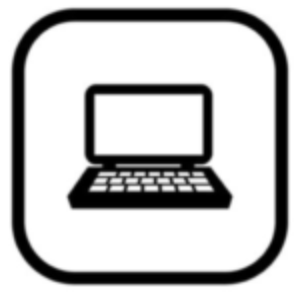MS-DOS allows the user to navigate, open, and otherwise manipulate files on their computer from a command line instead of a GUI like Windows. Today, MS-DOS is no longer used ; however, the command shell, more commonly known as the Windows command line is still used by many users.
MS-DOS. MS-DOS was the main operating system for IBM PC compatible personal computers during the 1980s and the early 1990s, when it was gradually superseded by operating systems offering a graphical user interface (GUI), in various generations of the graphical Microsoft Windows operating system.
What is ms dos in computer?
MS-DOS (/ ˌɛmˌɛsˈdɒs / em-es-DOSS; acronym for Microsoft Disk Operating System, also known as Microsoft DOS) is an operating system for x86 -based personal computers mostly developed by Microsoft.
Well, collectively, MS-DOS, its rebranding as IBM PC DOS, and some operating syste ms attempting to be compatible with MS-DOS, are sometimes referred to as “DOS” (which is also the generic acronym for disk operating system ).
One idea is that activation Key Watermark will appear on top of everything just like a screen sticker. Full screen notification Windows asking you to activate. Some Feature will not wore like, it may block you from setting a custom desktop background or changing the co.
What is DOS and how to use it?
Or it can be used in another Operating System like Command Prompt in Windows . Today, DOS’s main functions in Windows is to run scripts and to carry out system tasks when the tasks are not possible to complete by using the graphical user interface. To boot the computer in DOS mode, follow the instructions:.
To know about dos mode, first, you should know about Ms-Dos. This is an operating system developed by Microsoft for personal computers. Ms-dos operating does not have any graphical user interface like Windows or Mac that you use nowadays.
What are some MS DOS stories?
Multitasking (Europe only) – withdrawn from market after a very short run. For PS/2 series, 1.44 meg support, multiple DOS partition support, code page switching, improved foreign language support, some new function calls, support for the AT’s CMOS clock.
